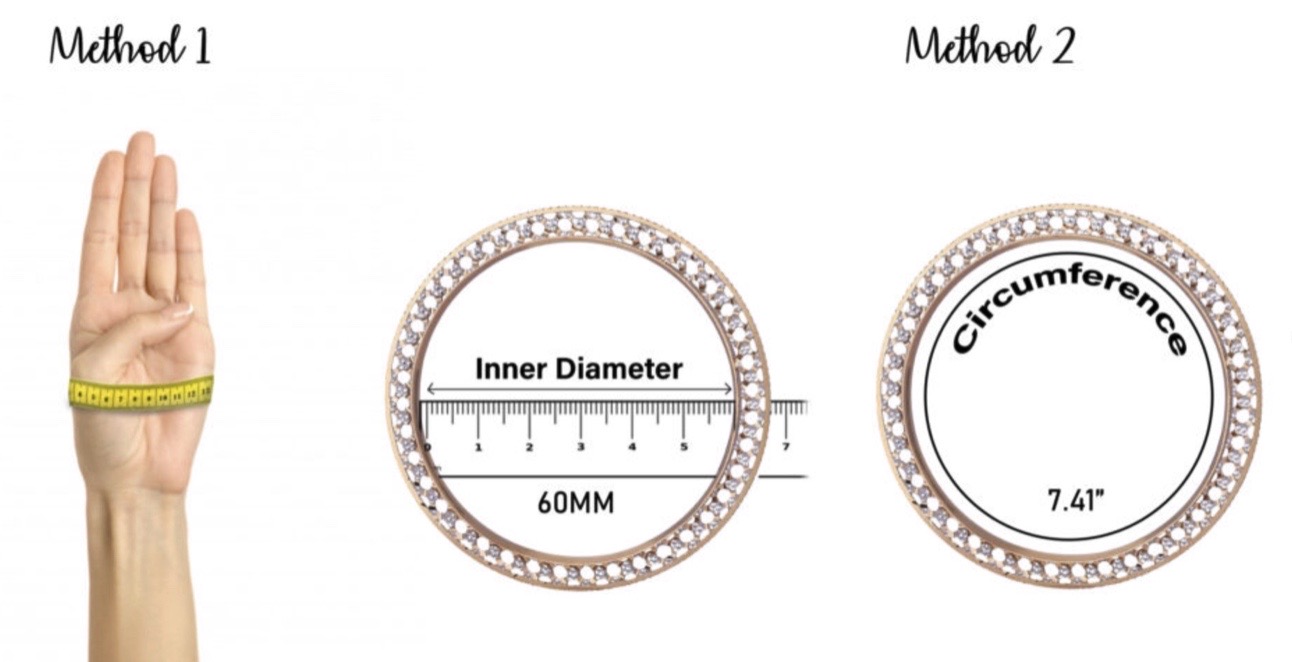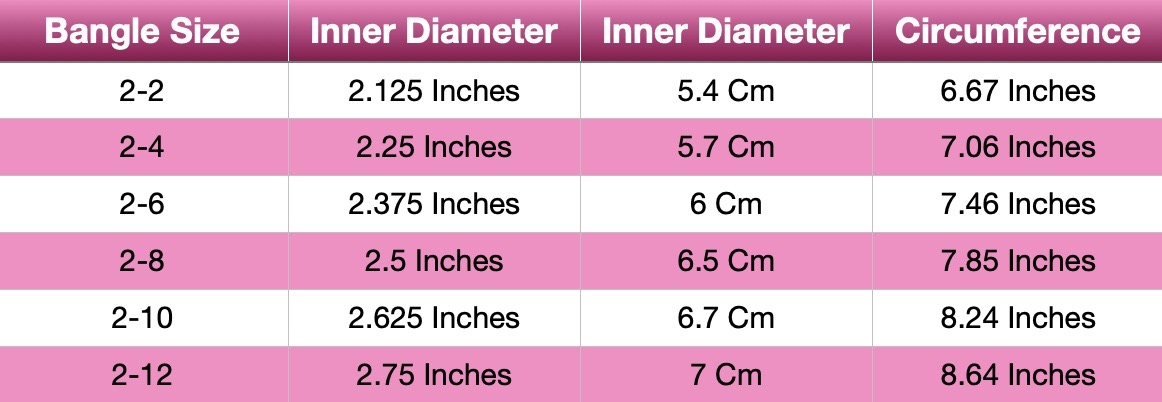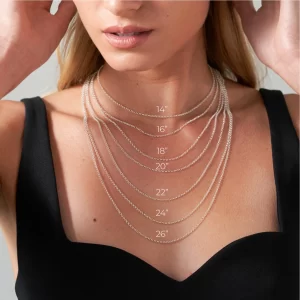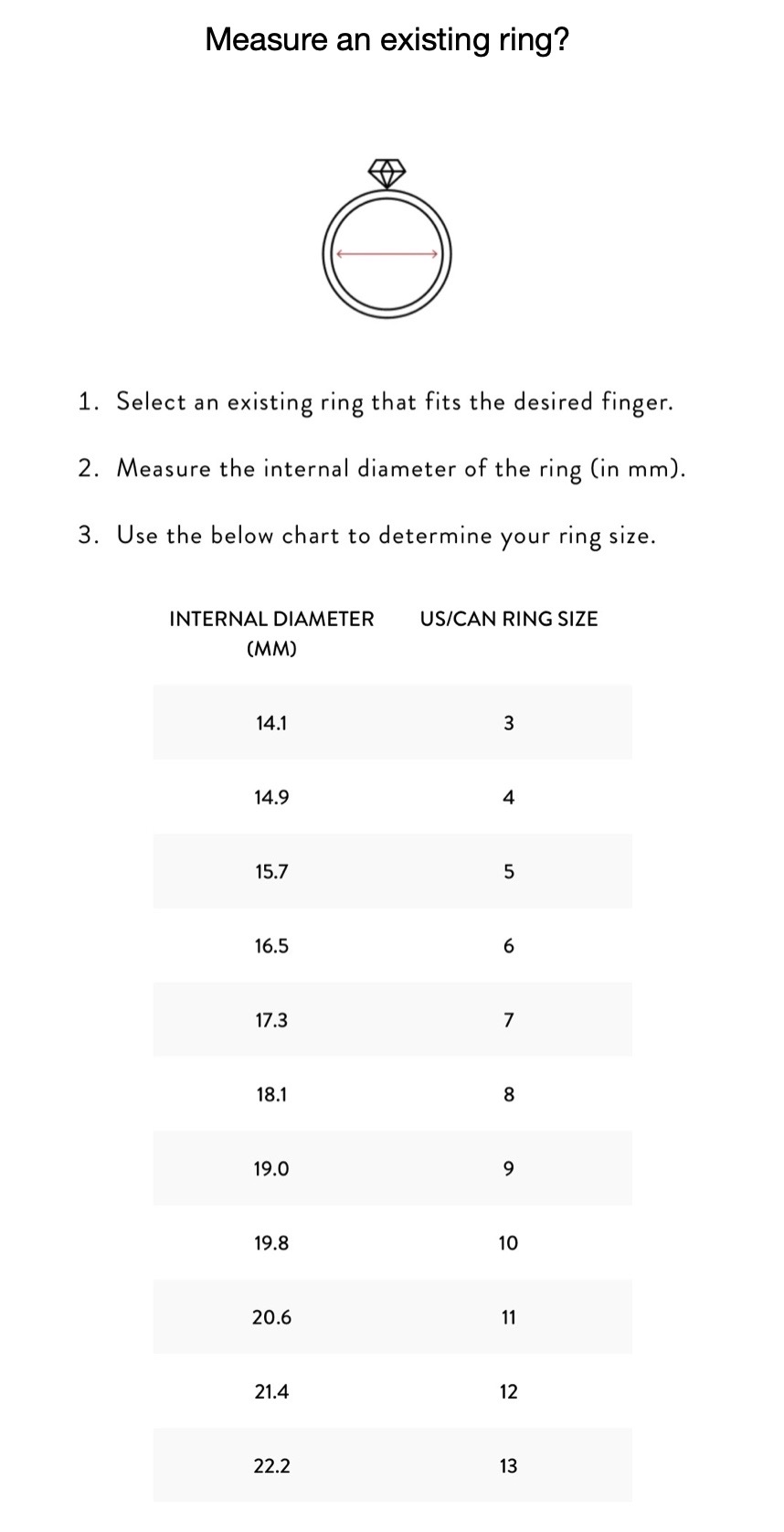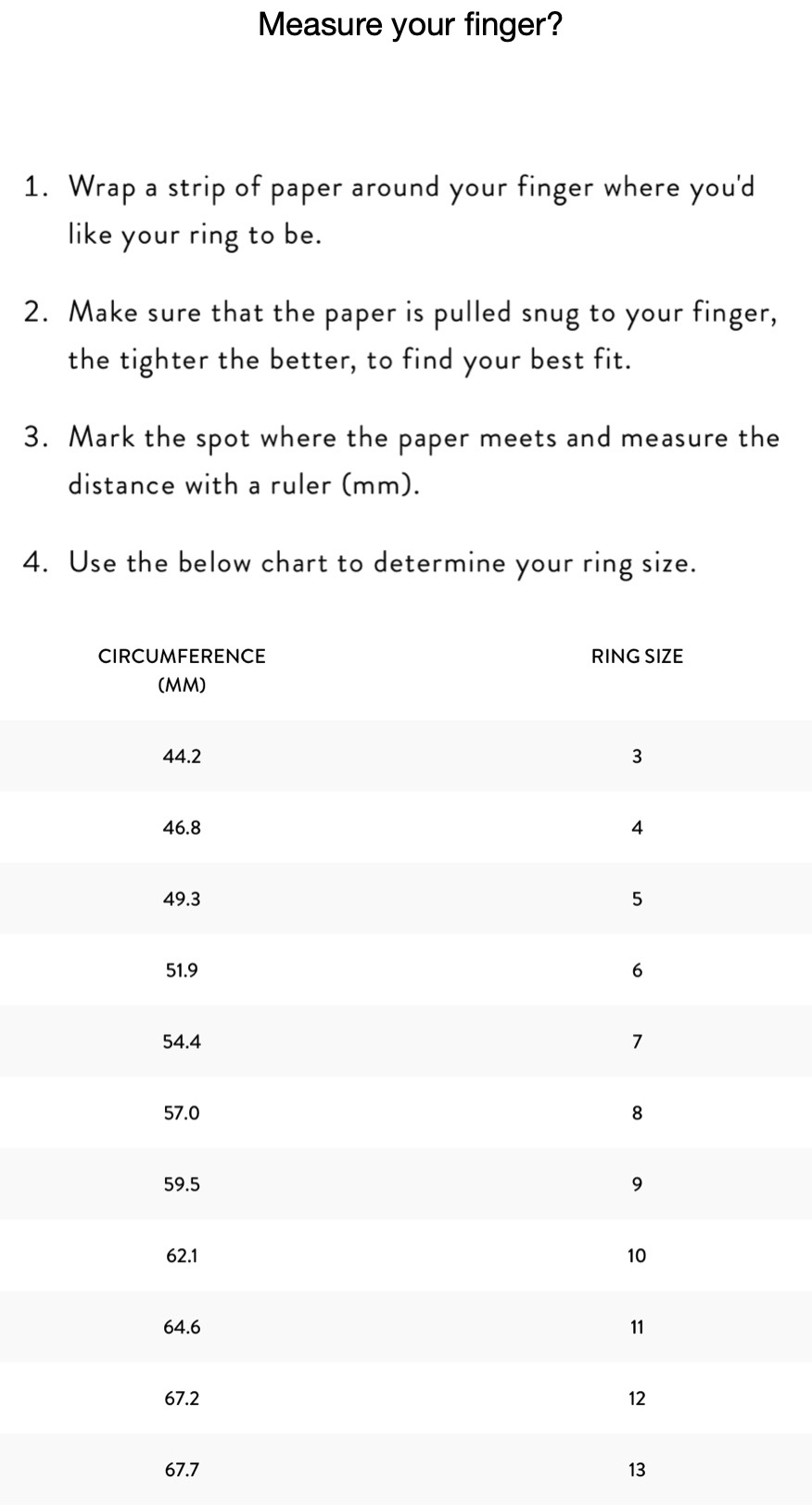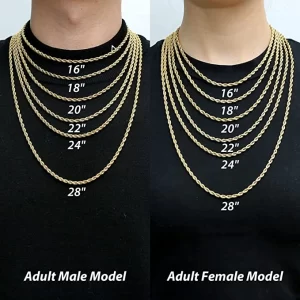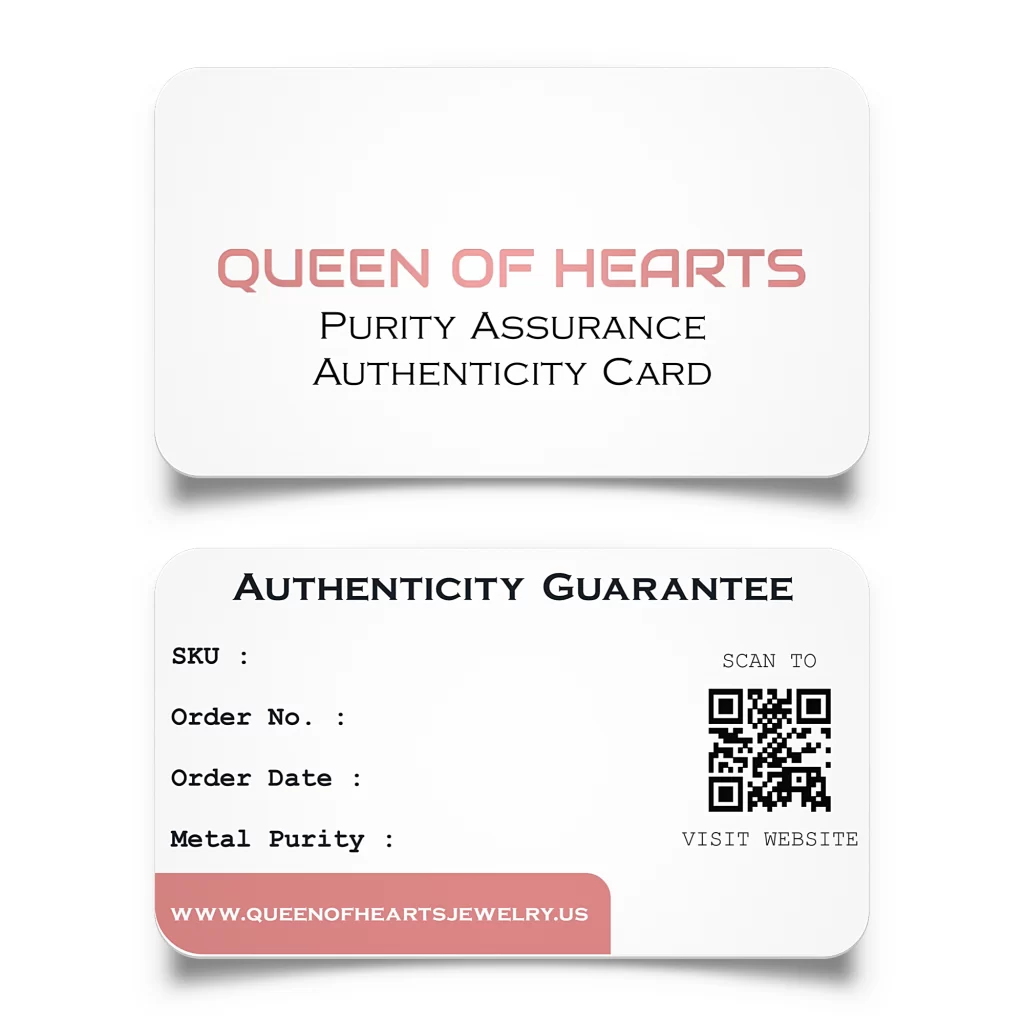What did prehistoric humans use for jewelry?
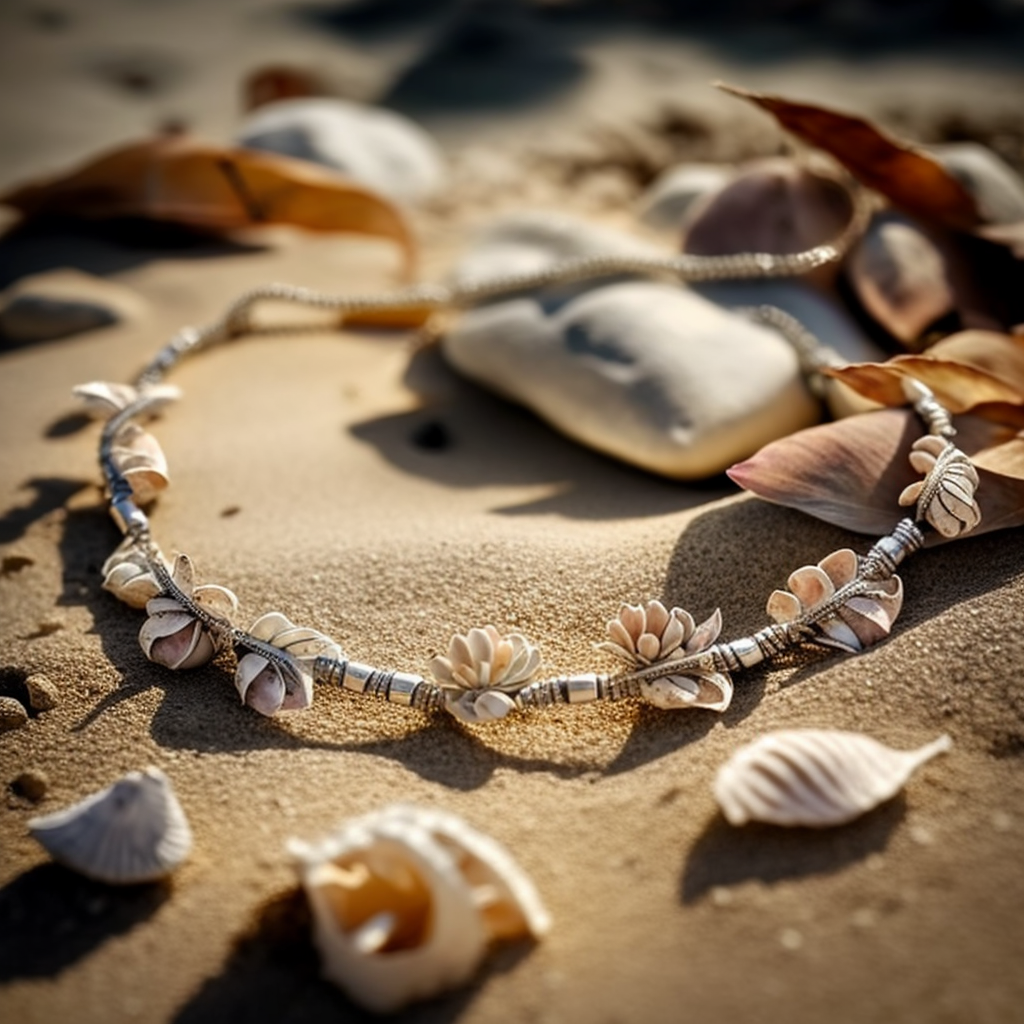
While today we might associate jewelry with luxe metals and sparkling gems, prehistoric humans had an entirely different approach to accessorizing; from shells and animal teeth to feathers and bones, our ancient ancestors made their jewelry using whatever materials were readily available in their environment. After all, you weren’t likely to find a boutique jeweler’s in the Stone Age.
In this guide, we’re going to take a trip back to the prehistoric era, and examine some of the fascinating materials that our ancestors used for their jewelry. Get ready to time-travel!
DID PREHISTORIC HUMANS WEAR JEWELRY?
Absolutely! From as early as 120,000 years ago, humans have been adorning themselves with jewelry made from materials like shells and animal teeth. Many of these ancient pieces have been found in burial sites around the world; from necklaces made of shell beads to earrings crafted from animal bones.
HOW DID EARLY HUMANS MAKE JEWELRY?
Early humans used a variety of tools and methods to craft jewelry from the materials that were available in their environment. This could include anything from stone tools to bone needles, which were used for piercing shells or animal teeth. They would also use fire to harden and shape clay beads, as well as natural dyes for decorating them.
WHY DID PREHISTORIC HUMANS WEAR JEWELRY?
We can’t say for sure why prehistoric humans wore jewelry, but it’s likely that most decorative accessories were used either as a form of tribal identity, religious affiliation, as well as simple self-expression. Some prehistoric jewelry was also used for trading purposes, while others were rooted in superstition.
WHAT DID PREHISTORIC PEOPLE USE FOR JEWELRY?
The answer to this question depends on where you look; different regions had access to different materials and techniques for making jewelry at the time. But generally speaking, prehistoric humans crafted their accessories from the following materials:
SHELLS
The ocean was a huge resource for early humans, so it’s no surprise that seashells were a popular choice when it came to crafting accessories. It’s also no surprise why shells have been prized by many different cultures throughout the centuries; from their distinctive shapes and colors, to their strength and durability, shells make a perfect material for jewelry.
Prehistoric humans certainly weren’t immune to the charms of seashells either; not only were they admired for both practical and aesthetic reasons, but also spiritually – some believed them to be gifts from gods or goddesses.
Even today, shell jewelry is still popular, most notably amongst young people and coastal cultures. Who amongst us hasn’t brought a beaded shell bracelet back from a trip to Spain?
ANIMAL TEETH
Yes, you’re reading that right – prehistoric humans also used animal teeth to make jewelry. Animal teeth were easy enough to come by, and these natural objects looked great as a pendant; think of it as an early version of the hipster animal tooth necklace that became popular in the 2010s. In some cultures, you could even find necklaces made from human teeth!
It’s also important to note that in prehistoric times, animal teeth weren’t just used as jewelry – they also served symbolic importance in some societies. For example, Neanderthals believed that by wearing the tooth of a powerful beast around their neck could lead them to “inheriting” the animal’s strength.
FEATHERS
People have adorned themselves with feathers for thousands of years, and prehistoric humans were no exception; feathers were thought to embody the spirit of the bird – and by extension, the power of flight – and they could be worn as necklaces, incorporated into headdresses, or added as charms to bracelets and chains.
BONES
People have adorned themselves with feathers for thousands of years, and prehistoric humans were no exception; feathers were thought to embody the spirit of the bird – and by extension, the power of flight – and they could be worn as necklaces, incorporated into headdresses, or added as charms to bracelets and chains.
STONES
Stones were an obvious choice for prehistoric humans; they’re plentiful, easy to find, and look great – and somewhat intimidating – when worn. During the Stone Age, stones were used as a currency as well as a marker of tribal identity; a bit like the prehistoric version of wearing the shirt of your favorite soccer team.
KEY TAKEAWAYS
While the materials used to make prehistoric jewelry were very different from modern jewelry, the purpose of wearing these pieces hasn’t shifted much, with self-expression, identity and symbolism being key motivators.
And while stone necklaces might not be as visually appealing as gold bracelets 22k, the jewelry made and worn by our ancestors represents a level of craftsmanship, resourcefulness and creativity that’s worth admiring. So next time you’re out in nature, take a moment to appreciate the beauty of shells, stones and feathers – you never know, they might just inspire your next DIY jewelry project!

